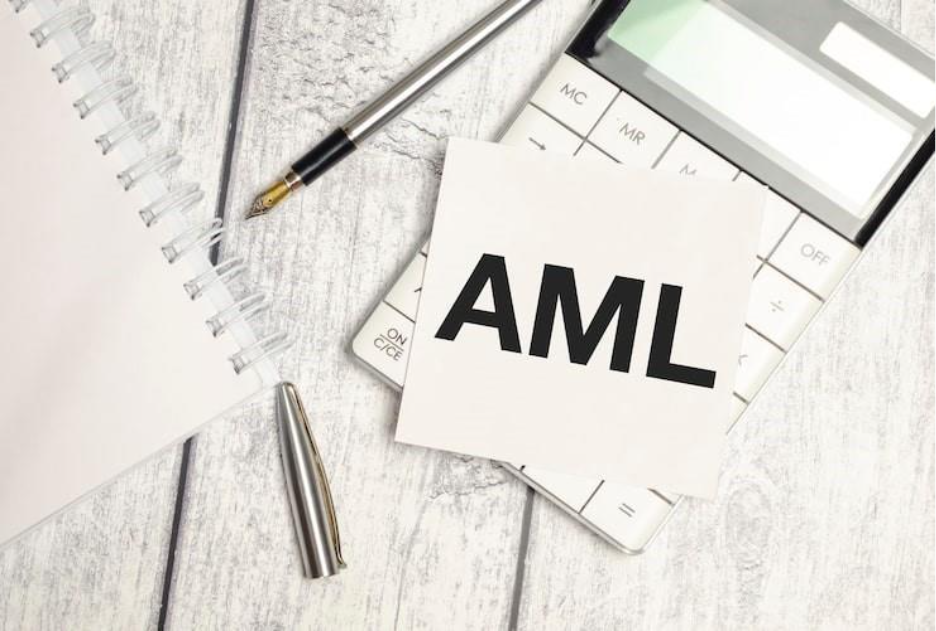
In today’s financial world, regulators expect institutions to maintain strong defenses against money laundering and terrorist financing. A central element of these defenses is the AML audit. Far more than a compliance formality, an AML audit is an independent review that tests whether a compliance program is truly effective.
Whether conducted by an internal team or an external auditor, AML audits evaluate the strength of policies, transaction monitoring, reporting systems, and staff awareness. With stricter enforcement of the Bank Secrecy Act (BSA) in the U.S. and international standards set by the Financial Action Task Force (FATF), these reviews have become essential safeguards against financial crime.
This guide explains what an AML audit is, why it matters, how the process works, and how organizations can prepare using modern compliance technology such as BusinessScreen.com.
An anti-money laundering audit is a structured evaluation of a company’s AML compliance program. Instead of focusing only on paperwork, it examines the entire framework: customer onboarding, due diligence, suspicious activity detection, and reporting processes.
Audits also verify whether a business has updated its AML risk assessments and whether enhanced due diligence is being applied to high-risk customers. Regulators expect these reviews to take place regularly. The result is a formal AML audit report outlining strengths, weaknesses, and recommendations that can serve as proof of compliance for regulators.
AML audits are essential because they prove regulatory commitment, uncover weaknesses before they become enforcement issues, safeguard financial systems from illicit funds, and improve operational efficiency. In short, an AML audit works as both protection against penalties and as a roadmap toward stronger compliance.

While details vary between jurisdictions, most AML audits cover similar areas: governance, risk assessments, customer due diligence, suspicious activity monitoring, reporting, and training.
The audit process typically begins with planning and scoping, followed by risk analysis, interviews, and transaction reviews. Findings are then compared to regulatory standards, reported in detail, and tracked through follow-up remediation steps.
Although they are both independent reviews, the two serve different purposes. Financial audits verify the accuracy of records and statements for transparency. AML audits, by contrast, focus entirely on compliance effectiveness—whether policies are aligned with laws, whether suspicious transactions are being flagged, and whether reporting is timely and accurate.
Preparation for an audit is easier with a checklist. Key items include:
Using a structured checklist shows regulators that an institution has a proactive and organized approach to compliance.

The businesses that succeed in AML audits go beyond minimum requirements. Strong governance ensures compliance officers and senior leaders actively oversee the program. Policies are regularly reviewed and updated in response to new regulations. Many institutions also run mock audits or independent reviews between official audits to catch weaknesses early.
Technology is equally important. Manual compliance is too slow and prone to error, but platforms like BusinessScreen.com automate onboarding, sanctions screening, transaction monitoring, and AML reporting. This creates complete documentation trails, ensures regulators can see evidence instantly, and reduces the stress of last-minute audit preparation.
Modern regulators expect financial institutions to adopt scalable technology. BusinessScreen.com provides end-to-end AML audit solutions that include real-time sanctions checks, automated alerts, centralized dashboards, and case management for investigations. These features ensure that every step of compliance is documented and regulator-ready.
For additional resources, financial institutions can review FinCEN AML guidance and the FATF Recommendations to align global best practices with internal policies.
An AML audit is more than a requirement—it is a safeguard for financial integrity. By following AML audit requirements, maintaining a clear checklist, and adopting advanced compliance platforms, organizations can build stronger defenses and reduce exposure to penalties.
In 2025, the businesses that thrive will embrace AML audits as opportunities rather than burdens. With solutions from BusinessScreen.com, institutions can simplify audit preparation, maintain regulator trust, and confidently operate in a complex compliance environment.
What is an AML audit?
An AML audit is an independent review of a compliance program to ensure it meets legal and regulatory standards.
What are AML audit requirements?
They include policies, risk assessments, effective due diligence, monitoring, reporting, sanctions screening, and training.
How does an AML audit differ from a financial audit?
Financial audits confirm accuracy of records; AML audits test the effectiveness of compliance controls.
What should be in an AML audit checklist?
Policies, risk assessments, KYC/KYB records, monitoring logs, sanctions checks, and prior audit notes.
Why is AML software important for audits?
It automates compliance, improves accuracy, and ensures documentation is regulator-ready.